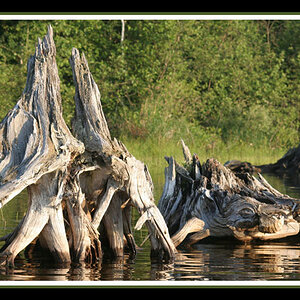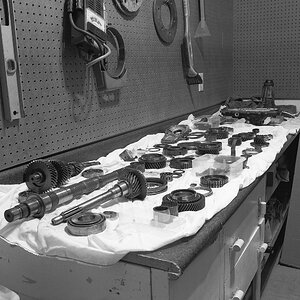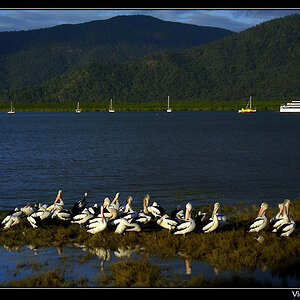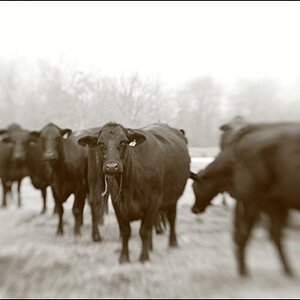rowekmr
TPF Noob!
- Joined
- Dec 3, 2013
- Messages
- 19
- Reaction score
- 0
- Location
- Chicago, IL
- Can others edit my Photos
- Photos OK to edit
I have been using a point and shoot for awhile and am looking to step up to a SLR. Can anyone tell what the numbers stand for in the lens designations (18-55mm)? Why do some have a 2 numbers and others just have one number? I will be buying a camera to mainly take pictures of my family indoors (low light) and outdoor and also the scenery in the background when we travel. Any lens suggestions? Is image stabilization in the camera or the lens (VR)? Is it effective?
Thanks
Thanks



![[No title]](/data/xfmg/thumbnail/34/34075-a2fb0d7352396e58920e196958f6d006.jpg?1619736267)

![[No title]](/data/xfmg/thumbnail/42/42397-30faa170de7ed9be38adf00b9b26a220.jpg?1619740167)





![[No title]](/data/xfmg/thumbnail/41/41759-f0f73c457ebcb6dabcbddc7a3c000487.jpg?1619739884)

